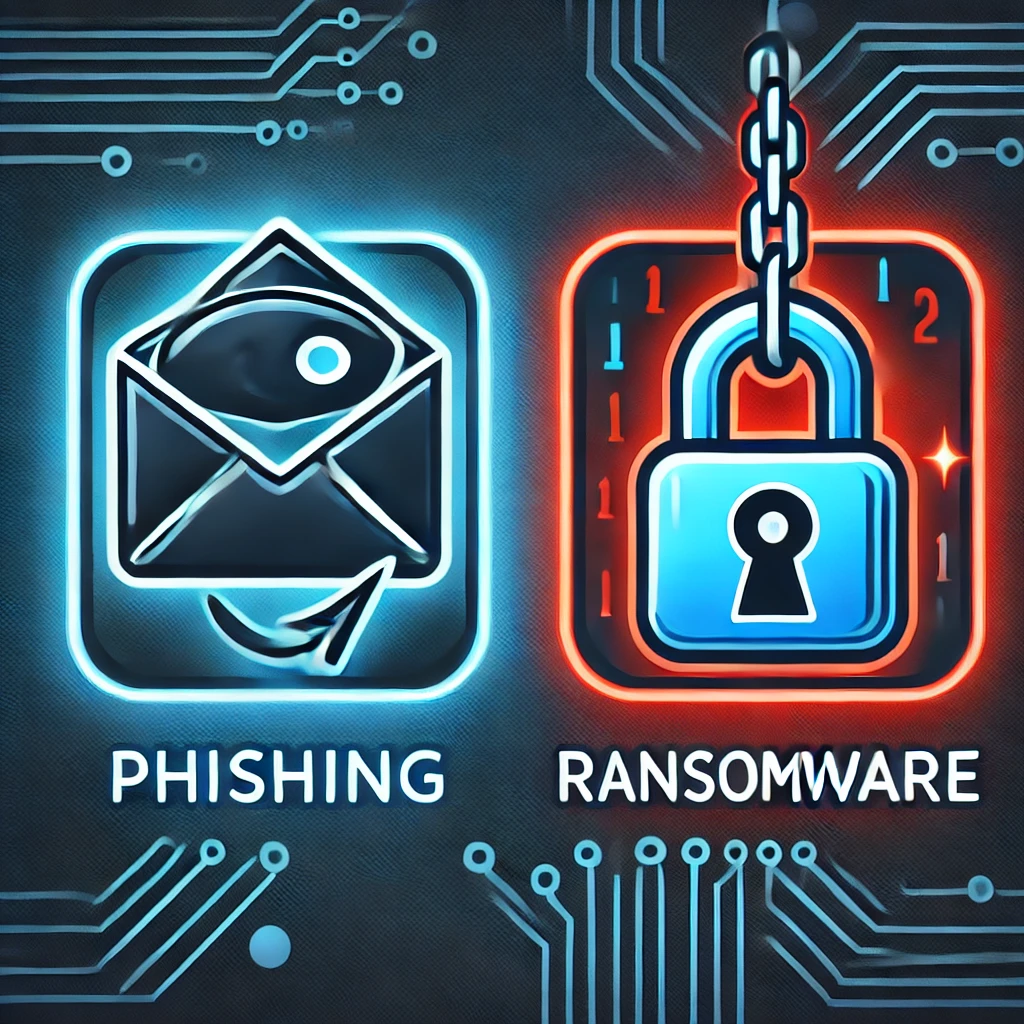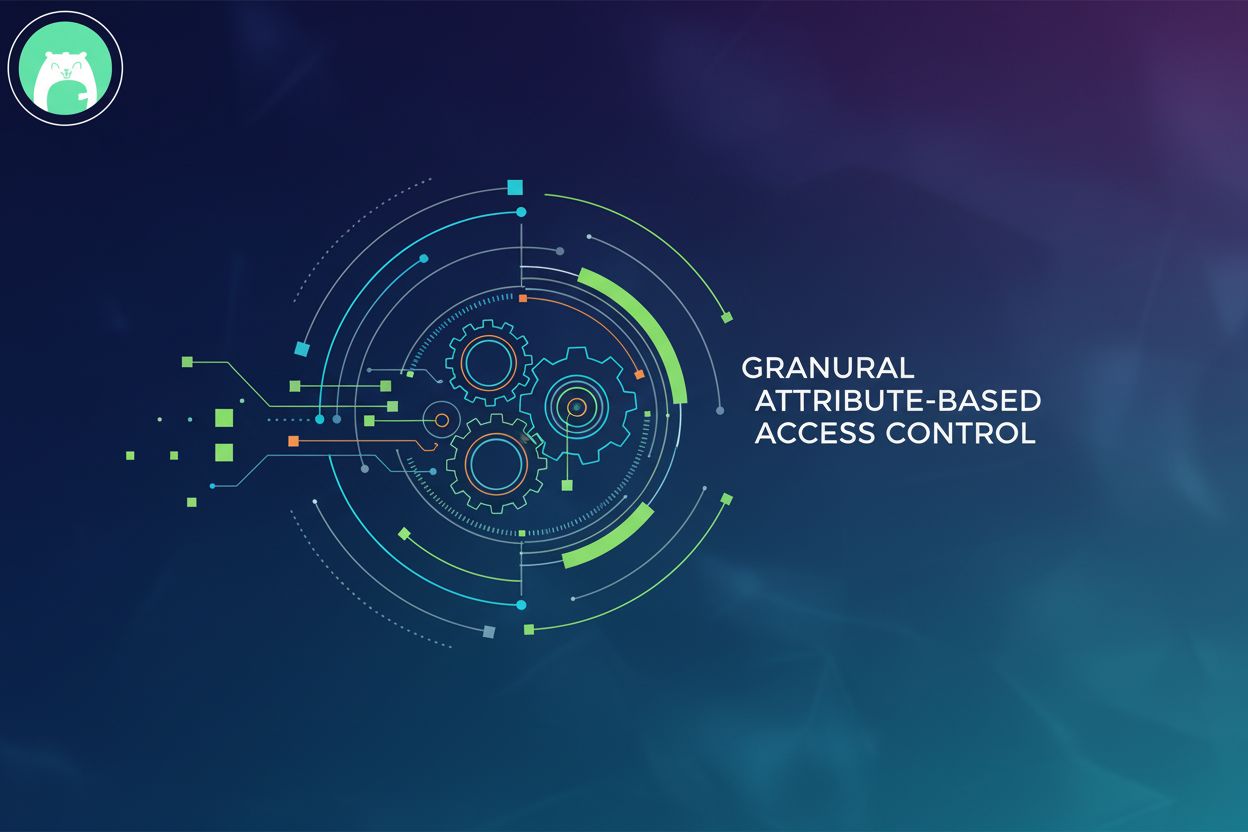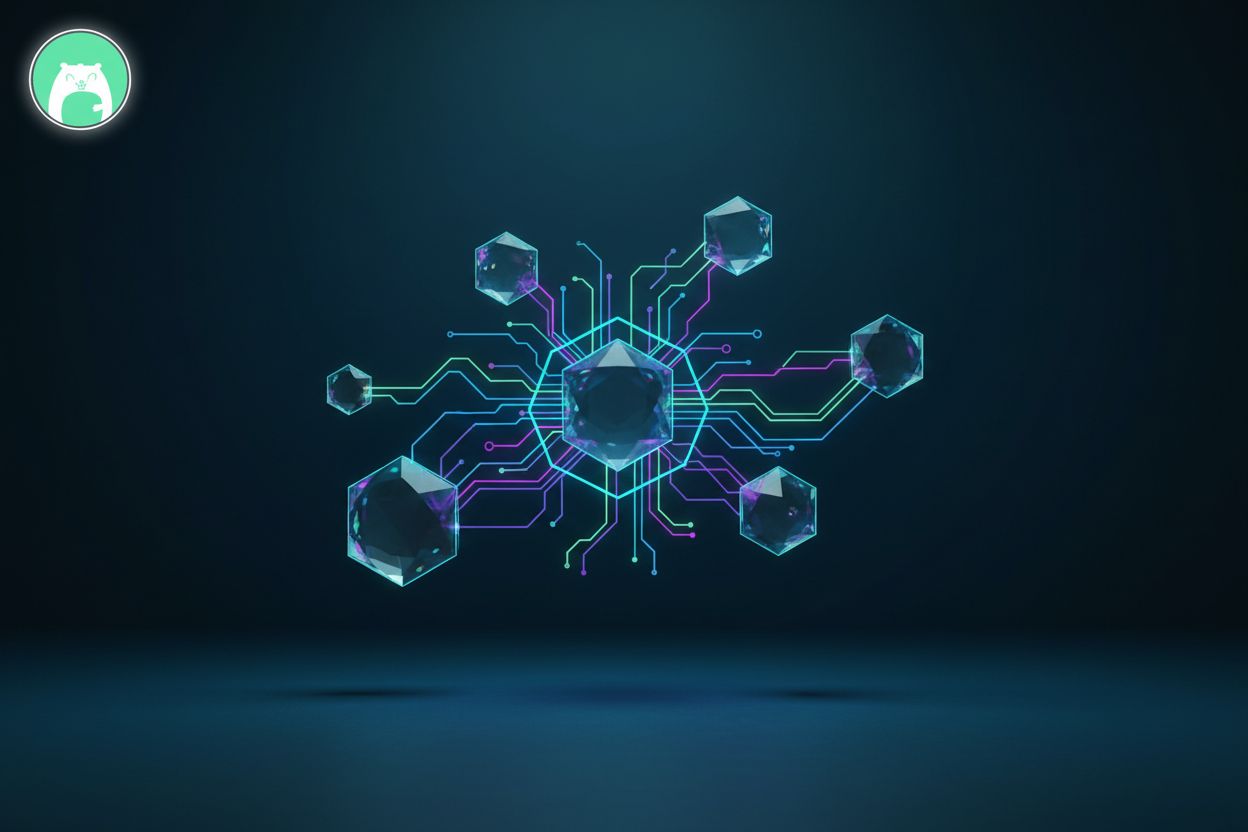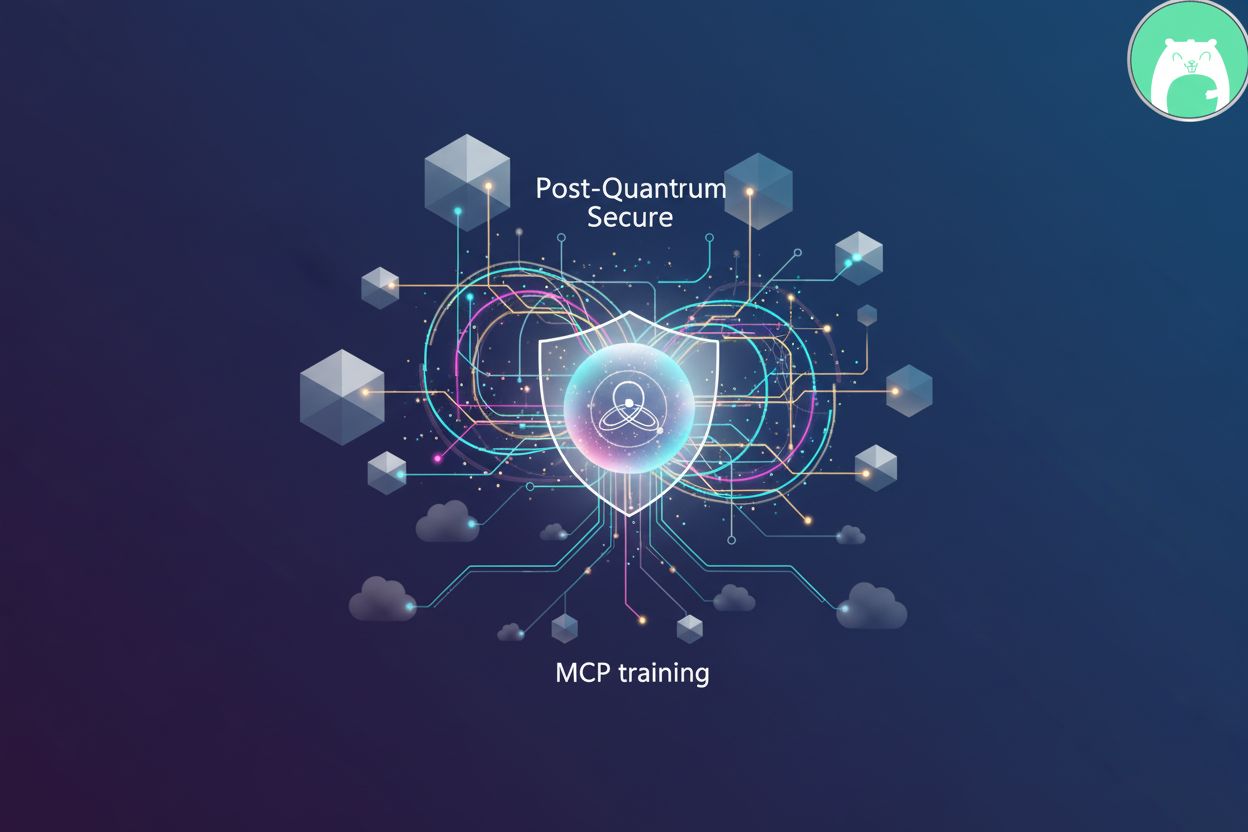Phishing vs. Ransomware: Key Differences, Challenges, and Best Practices for Protection

TL;DR
Phishing and ransomware attacks are pervasive due to evolving tactics and the increasing digital landscape. Phishing involves deceptive attempts to steal sensitive data, while ransomware locks data until a ransom is paid. Challenges like remote work, cloud adoption, and human error make organizations vulnerable. Effective solutions include context-aware authentication, granular policy enforcement, and micro-segmentation. Future security strategies must adapt to emerging threats, with a focus on proactive measures and advanced technologies to stay ahead of attackers. A layered security approach is essential for long-term protection.
What Are They?
Phishing Attacks: Phishing involves fraudulent attempts to obtain sensitive information, such as usernames, passwords, or credit card details, by disguising as a trustworthy entity. Typically, this is done via email, but it can also occur through social media, SMS, or other communication platforms.
Ransomware Attacks: Ransomware is a type of malicious software designed to block access to a computer system or data until a ransom is paid. Ransomware can encrypt files or lock users out of their devices, causing significant operational disruptions.
Why Do They Happen So Frequently?
Phishing and ransomware attacks continue to be prevalent due to the following reasons:
- Human Error: Employees and users often fall victim to social engineering, making it easy for attackers to infiltrate systems.
- Increasing Attack Surface: The adoption of remote work, cloud environments, and hybrid setups has expanded the attack surface, giving more opportunities for cybercriminals.
- Evolution of Attack Tactics: Attackers constantly evolve their tactics to bypass security measures, such as AI-driven phishing attacks or sophisticated ransomware that can evade detection.
- Financial Incentives: Both phishing and ransomware offer significant financial rewards for attackers, driving their proliferation.
Challenges for Organizations
Organizations face numerous challenges that contribute to the success of these attacks:
- Legacy Systems: On-premises environments often rely on outdated security measures that are vulnerable to modern attacks.
- Remote Workforce: The shift to remote work has increased the likelihood of attacks due to less secure home networks and devices.
- Cloud/Hybrid Cloud: While cloud environments offer robust security features, misconfigurations and insufficient security practices can lead to vulnerabilities.
- AI Adoption: While AI can enhance security, it can also be leveraged by attackers to create more convincing phishing campaigns or develop advanced ransomware.
Impact on Partners, Contractors, and Supply Chains
- Phishing: Attackers may target partners or contractors with phishing attacks to gain access to a larger organization’s network, exploiting the trust relationship between the entities.
- Ransomware: Supply chain vulnerabilities are a significant risk, as a ransomware attack on a critical supplier can disrupt operations across the entire chain.
Causes of Phishing and Ransomware Attacks

Solutions to Phishing and Ransomware Attacks

Best Solutions and Practices
- Context-Aware Authentication: Eliminates access from unauthorized endpoints by enforcing dynamic authentication based on context.
- Granular Policy Enforcement: Controls access to enterprise resources at the object level, ensuring that only authorized users can access sensitive data.
- Quantum-Resistant Encryption: Protects data in transit with encryption that is resistant to emerging quantum threats, securing against man-in-the-middle attacks.
- Just-in-Time Access: Limits access to critical systems and data to only when necessary, reducing the risk window for attackers.
- Micro-Segmentation: Prevents lateral movement within a network by segmenting it into smaller, isolated zones, limiting the spread of an attack.
Comparison of Best Solutions and Practices

Adoption Rates and Evolution
- Past: Adoption of basic security measures like firewalls and antivirus software was the norm.
- Today: Increasing focus on advanced detection systems, MFA, and training programs.
- Future: Organizations will likely adopt more sophisticated solutions like quantum-resistant encryption and micro-segmentation as threats evolve and technology advances.
Recommendations and Final Thoughts
To combat both phishing and ransomware attacks effectively, organizations should adopt a layered security approach. Implementing context-aware authentication, enforcing granular policies, and preparing for future threats with quantum-resistant encryption are key strategies. Regular training, combined with robust technical controls like EDR and backup systems, will provide a comprehensive defense. As cyber threats continue to evolve, staying ahead of the curve with cutting-edge solutions and proactive security measures will be crucial.





